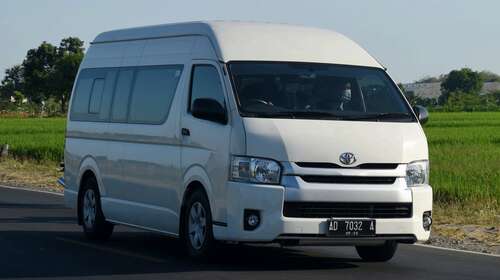
The commercial van market in the U.S. is competitive. Ford, Ram, and Chevy are among those already established. Expanding to a new market can be expensive and require a lot of effort by Toyota. This is especially true, considering the company would have to get around the Chicken Tax. The Chicken Tax is a 25% tariff on foreign-manufactured light vans and trucks implemented by President Lyndon Johnson in 1964. This tariff may be one of the reasons another Toyota vehicle, the Hilux, is not available in the U.S.
There is still some hope that Toyota will bring over its incredibly modifiable van. During the forecast period of 2023 to 2032, the global light commercial vehicle market is anticipated to grow at a 9% Compound Annual Growth Rate (CAGR), according to Global Market Insights. Based on Fortune Business Insights’ data, the U.S. market size is expected to see even bigger growth, at 10.4% during the 2023 to 2030 forecast period.
Additionally, with the recent changes made to the HiAce, it might not have any issue passing U.S. safety regulations. The sixth generation, released in 2019, ditched the classic cab-over design for a hooded extension. It also received a five-star crash test rating in the Australasian New Car Assessment Program (ANCAP). Although it would likely need to undergo some alterations to suit the U.S. market better, don’t be surprised if the HiAce makes its way over soon.

